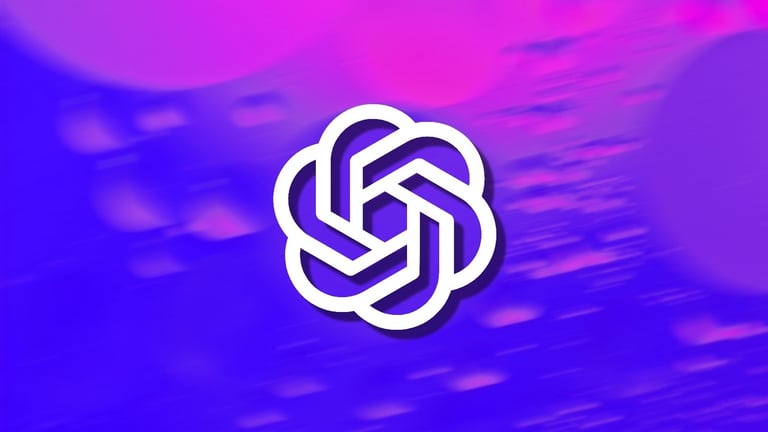OpenAI Expands ChatGPT 'Deep Research' with Slack, Canva, and Gmail Integration for Enhanced Analysis
July 5, 2025
The upcoming Slack integration will allow ChatGPT to access chat history for context, supporting research and report generation, though it is unclear if this is through official partnerships or open APIs.
OpenAI is expanding its ChatGPT 'deep research' feature by adding support for new connectors, including Slack, Canva, and Gmail, to improve research and analysis capabilities in work environments.
The new integrations enable ChatGPT to crawl and analyze data from platforms like Slack and Gmail, with Gmail support allowing users to search and summarize conversations for business applications.
Canva support within ChatGPT allows users to generate visual content alongside text, enhancing the creation of multimedia materials based on user prompts.
These integrations are part of OpenAI’s efforts to enhance the 'deep research' feature, which combines AI with search, fact-checking, and document structuring, introduced in paid versions of ChatGPT in 2024.
OpenAI emphasizes that it does not train on user personal data when privacy settings are enabled, ensuring that private information remains protected and is not used for training.
A recent cloud attack report by Wiz highlights that, despite increasing sophistication, many cloud breaches still rely on simple tactics, with eight key attack techniques identified across numerous organizations.
The 'deep research' feature, available in paid ChatGPT versions since 2024, enables users to generate detailed analytical texts by integrating AI with search, fact-checking, and document structuring tools.
Research indicates that about one-third of links generated by GPT-4.1 do not belong to the intended source, with some links potentially being malicious, raising concerns about phishing and security risks.
Potential use cases for Slack integration include enabling ChatGPT to analyze organizational chat messages to provide deeper research insights, with the connector spotted by Tibor on X.
Summary based on 2 sources

